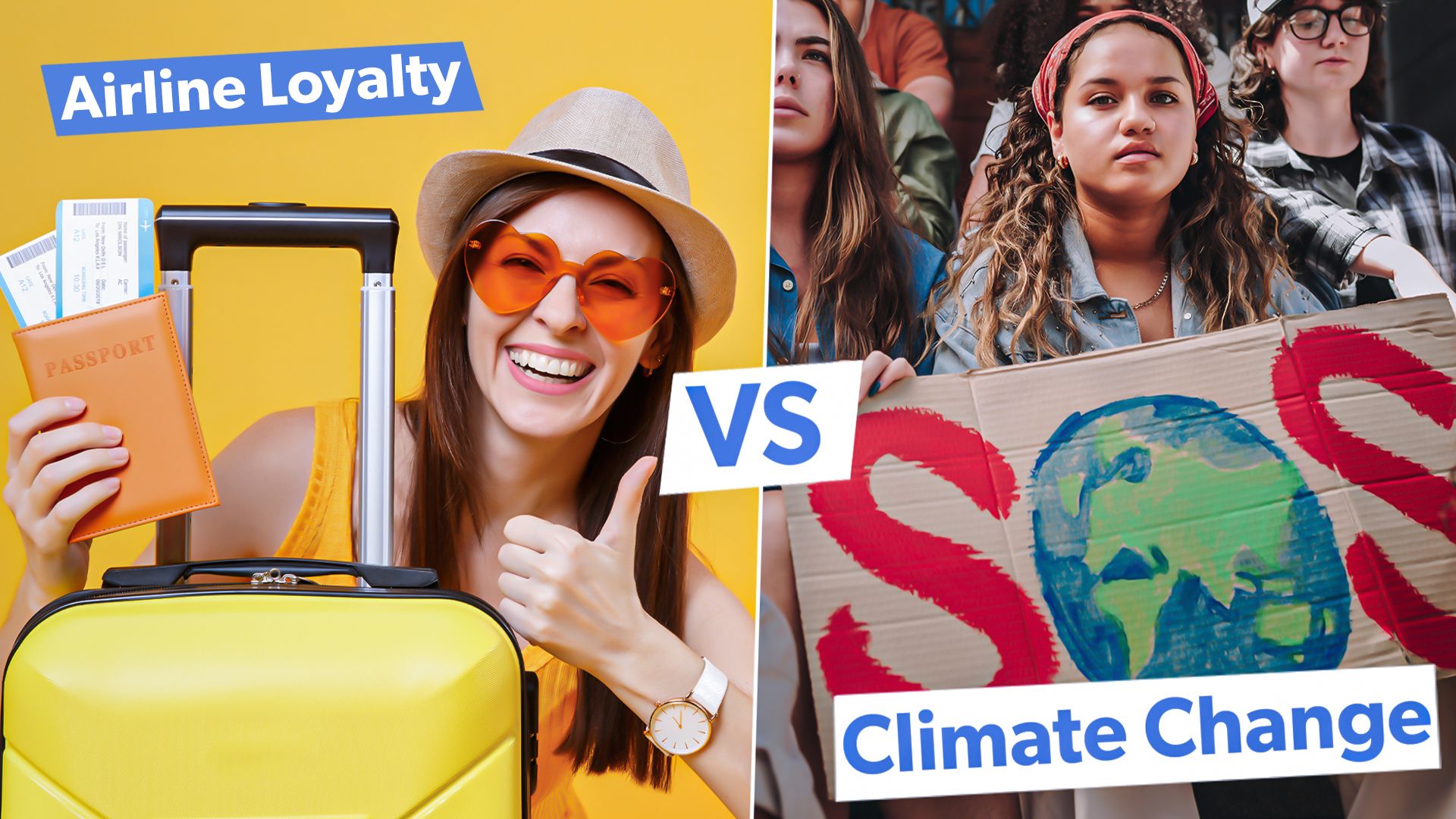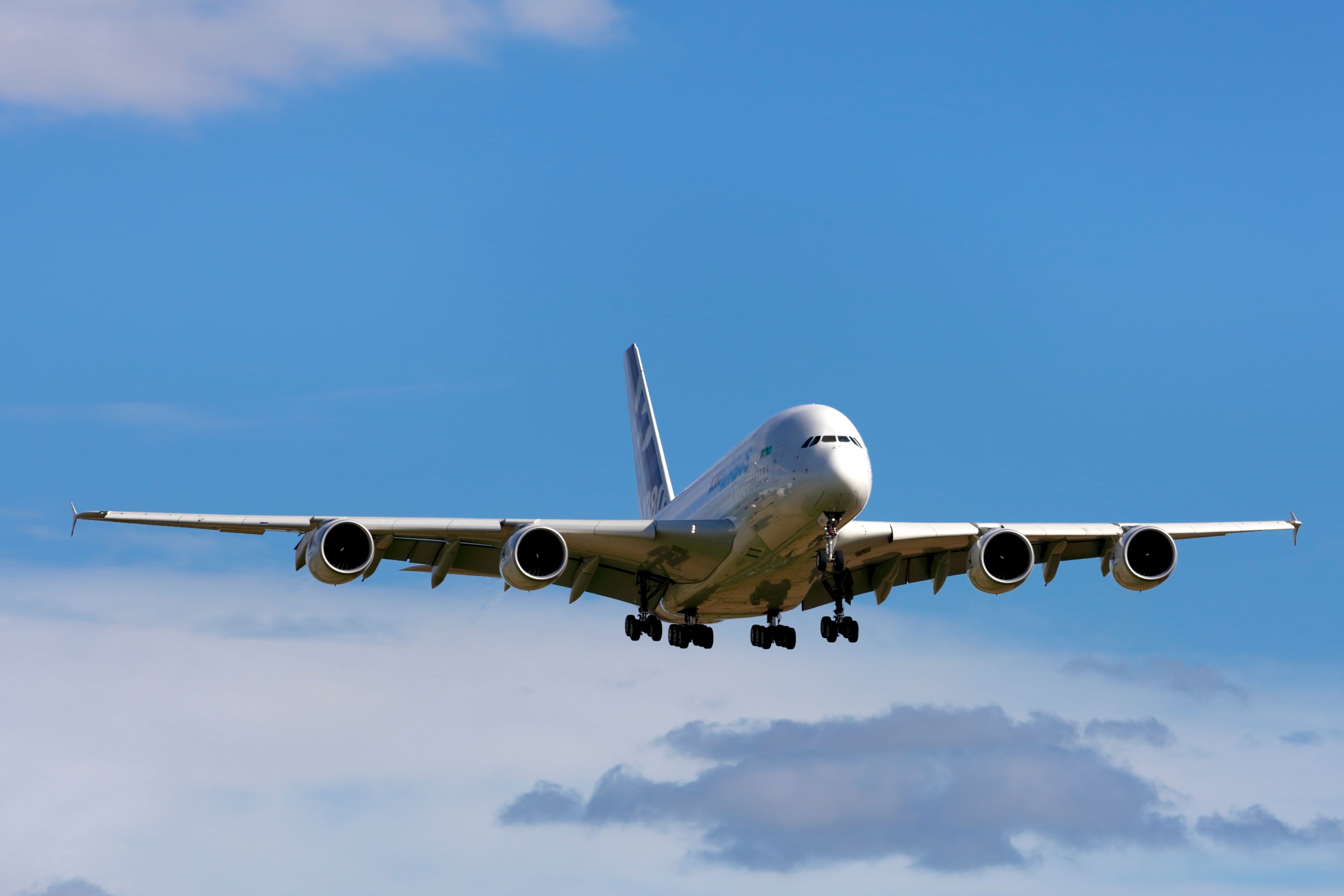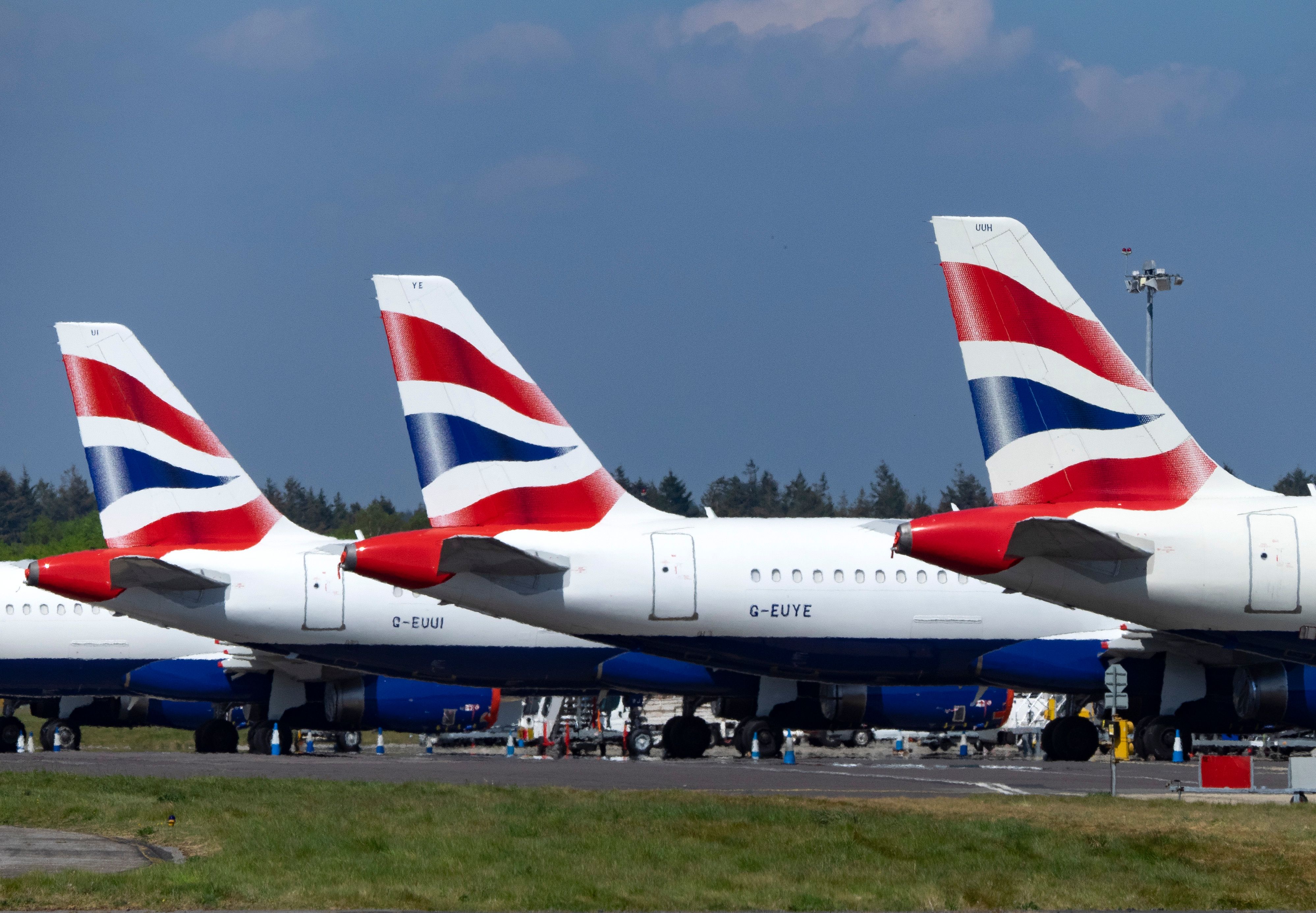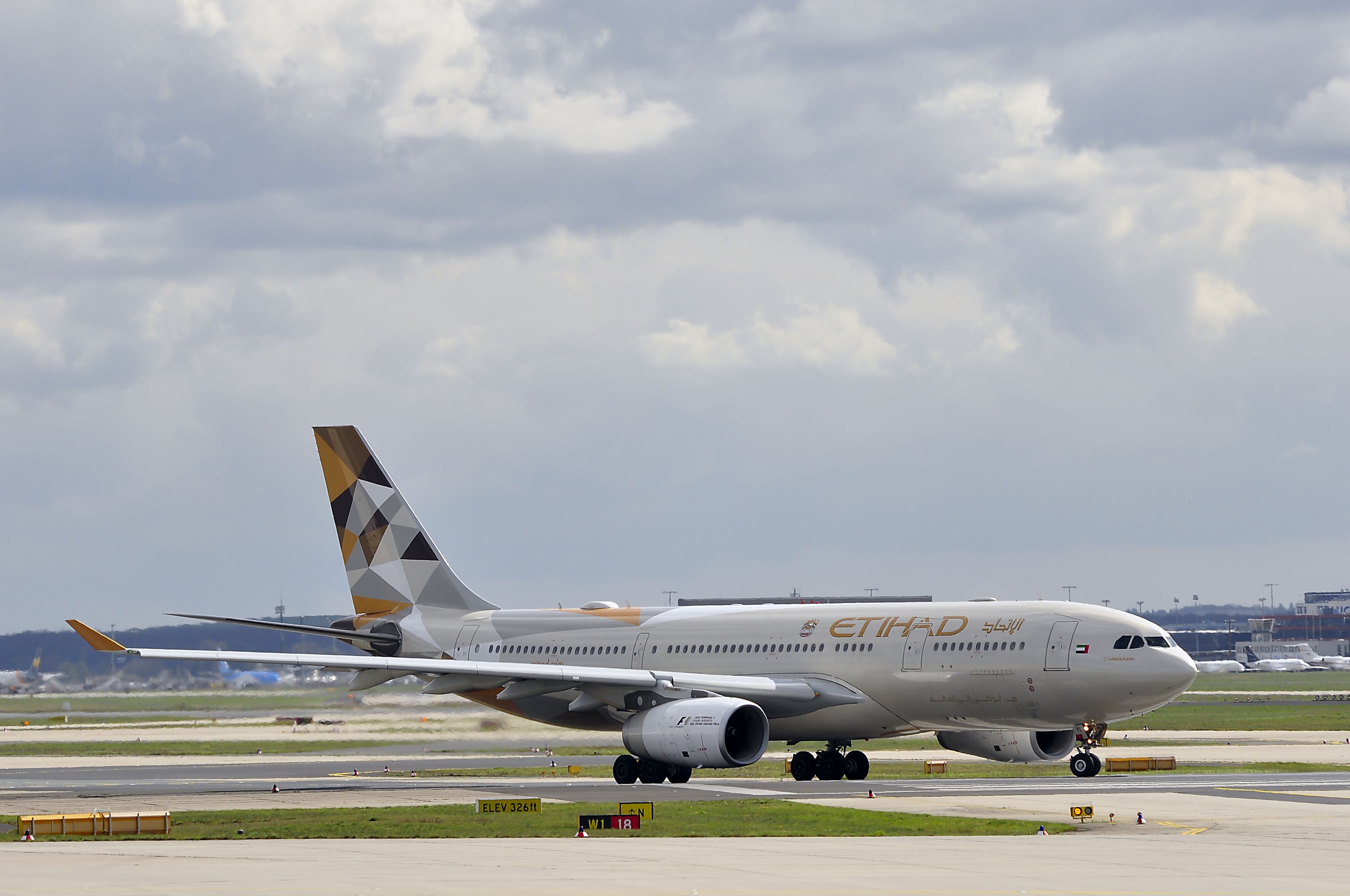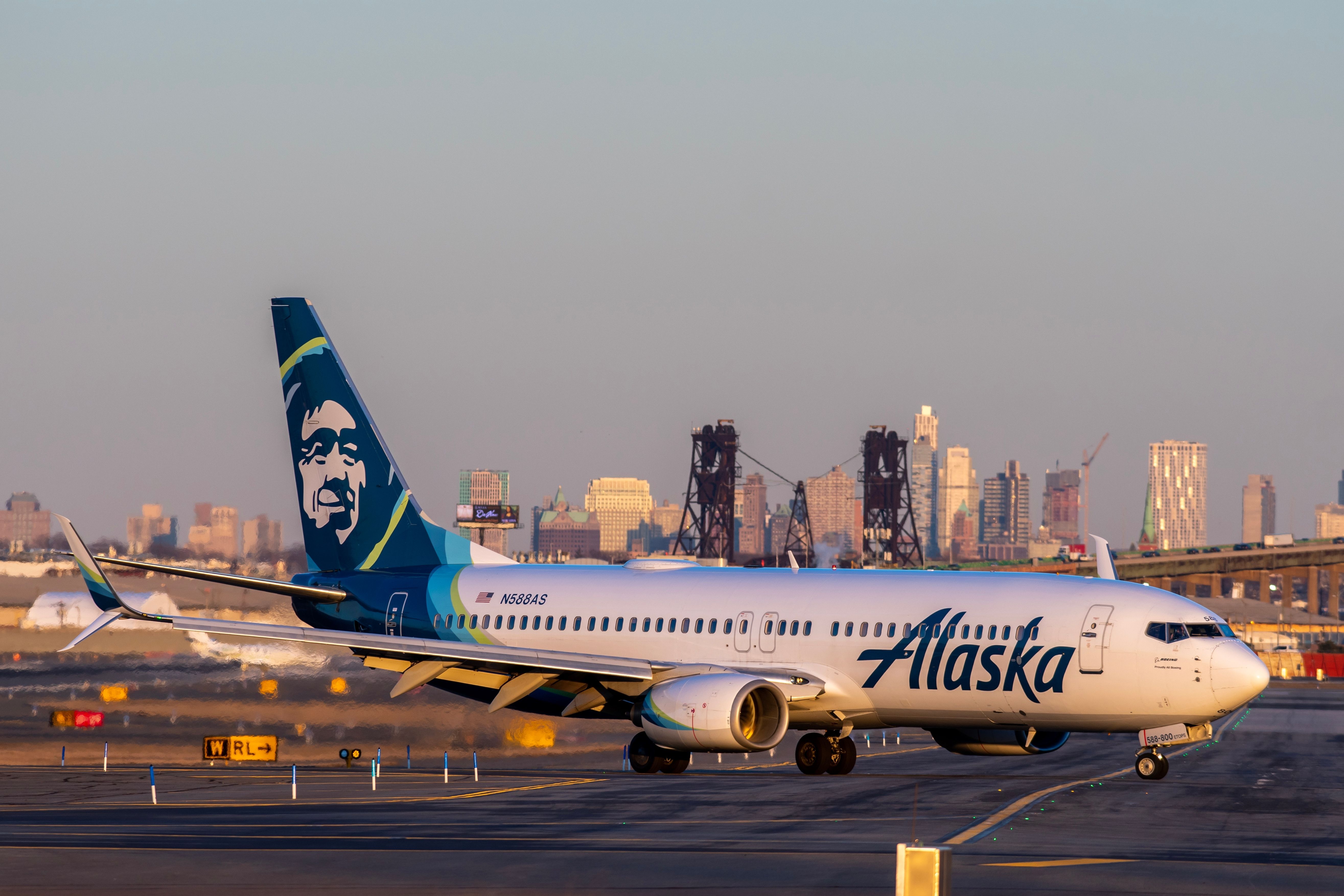Summary
- Airline loyalty programs encourage flying and promote carbon-intensive seating options.
- Gaining elite status often requires significant air travel, contributing to additional emissions.
- Green loyalty programs have been introduced, but their impact is difficult to measure, and they don’t solve the core issue of air travel emissions.
Frequent flier programs are a key component of many legacy carriers’ business models. They benefit airlines by incentivizing passengers to spend more on flights and remain loyal to one airline over its competitors. However, airline loyalty programs also contribute to increased air travel emissions, encourage the use of the most carbon-intensive seating options, and promote additional flights.
Loyalty programs and their role in increasing emissions
Flying is one of the most carbon-intensive activities. According to a report by Our World in Data, aviation accounts for 2.5% of global CO2 emissions. The aviation industry has pledged to reach net zero carbon emissions by 2050.
However, the path to reaching this goal is extremely complex as it involves the implementation of technological advances (which are under development but still years from entering commercial service) and changes in our flying behavior.
Photo: Andrew Harker | Shutterstock
Airlines further incentivizing frequent fliers to fly unusually large amounts to gain elite status does not help reach net-zero goals. In fact, encouraging flying for the sake of flying is counterproductive and does not align with climate-friendly practices.
According to a Possible report entitled “Pointless: the climate impact of frequent flyer status,” emissions associated with gaining different elite statuses with airline loyalty programs are tangible and contribute to additional emissions. Possible is a UK-based climate charity working towards a zero-carbon society.
The report, that took a closer look at the loyalty programs offered by British Airways and Virgin Atlantic, found that gaining or keeping elite status requires exceptionally large air travel carbon footprints, “ranging from 5.6 tonnes of carbon dioxide equivalent annually for the lowest points status level up to more than 90 tonnes each year for higher levels.”
Photo: Don Fritz | Shutterstock
British Airways’ loyalty program, called Executive Club, has three main tiers: Bronze, Silver, and Gold. The higher the tier, the more points passengers need to attain elite status. Here are the emission results associated with gaining elite status in the British Airways Executive Club program:
|
Status |
Tier points |
Weighted average (Business) tCO2e |
|---|---|---|
|
Bronze |
300 |
5.6 |
|
Silver |
600 |
11.1 |
|
Gold |
1,500 |
27.8 |
Commenting on the results, Alethea Warrington, senior campaigner at Possible, said:
“We need urgent action to protect the climate, but frequent flyer reward programmes are sending emissions soaring in the wrong direction. Airlines are incentivising a small group of incredibly frequent flyers to take flights they don’t even want, just to get points – while people around the world pay the real price as they face dangerous heatwaves and out of control wildfires. Airlines need to end this irresponsible behaviour, and stop awarding points for pollution.”
In addition, the study found that flying enough to qualify for loyalty membership requires emissions between seven and 112 times higher than the average UK air travel footprint. The average carbon footprint per capita in the UK was 4.7 tons in 2022, as per Our World in Data.
In a response to this report by Possible, a spokesperson for British Airways told The Independent that,
“Like many other airlines and brands globally, we recognise our customers’ loyalty by offering tangible benefits as part of our Executive Club programme. We acknowledge the need to balance this with our environmental commitments.”
Could loyalty programs be green?
In recent years, some airlines have introduced green loyalty programs. These programs aim to encourage environmentally friendly and conscious behavior among travelers.
Photo: Vytautas Kielaitis | Shutterstock
For instance, in 2021, Etihad Airways introduced a new loyalty program named “Conscious Choices by Etihad.” This program allows members to earn miles by making eco-friendly decisions, such as carrying less baggage and offsetting carbon emissions by donating miles to approved organizations.
Qantas, for example, instead of launching a new green loyalty program, initiated a Green Tier within its frequent flier program. The Australian flag carrier rewards its customers with Green Tier status in its Qantas Frequent Flyer program for choosing green initiatives such as offsetting flights, contributing Qantas Points to charities that support sustainable causes, or choosing to shop sustainably by purchasing wine from eco-wineries or opting to make your Qantas Wine or Qantas Marketplace delivery climate positive.
Alaska Airlines offers 500 elite qualifying miles (EQMs) for every $100 spent on sustainable aviation fuel (SAF). To gain MVP status within the Alaska Airlines Mileage Plan program, passengers need 20,000 points. Therefore, you would need to spend $4,000 on SAF purchases alone to earn this status. However, there’s a catch: you can only earn 5,000 EQMs per year on SAF purchases, meaning that the remaining points need to be collected through flying or credit card spending.
According to IATA, SAF was priced at $2,400 per ton in 2022, approximately 2.5 times the price of conventional jet fuel. So, if you wanted to add an additional 5,000 Mileage Plan points solely through SAF purchases, you would cover less than half a ton of SAF fuel. It is worth noting that widebody aircraft, such as the Boeing 787, require staggering amounts of fuel: these aircraft burn up to 2,900 gallons (about 11,000 liters) of conventional jet fuel per hour.
Photo: Paparacy | Shutterstock
Indeed, skeptics argue that these initiatives may not have a significant environmental benefit, as they still promote air travel. It is also relatively complex to measure the impact of such initiatives. In a comment to Travel Weekly, Sally French, who analyzes loyalty programs for NerdWallet, said:
“What’s important for people to realize when they are looking at these programs is that airlines are a major contributor to climate change, and carbon offsets on their own don’t end this problem. You are still flying, and that contributes to climate change.”
The verdict
Studies and reports indicate that encouraging more flying, especially practices such as mileage running, aligns differently with the aviation industry’s ambitious goal of reaching net zero CO2 emissions by 2050. Although some airlines have initiated green loyalty programs, these initiatives have gained little popularity, and measuring their impact is incredibly difficult.
Therefore, it is relatively clear that airline loyalty programs are unlikely to play a significant role in tackling climate change, as offsetting carbon emissions by donating miles to approved organizations alone does not solve the problem

